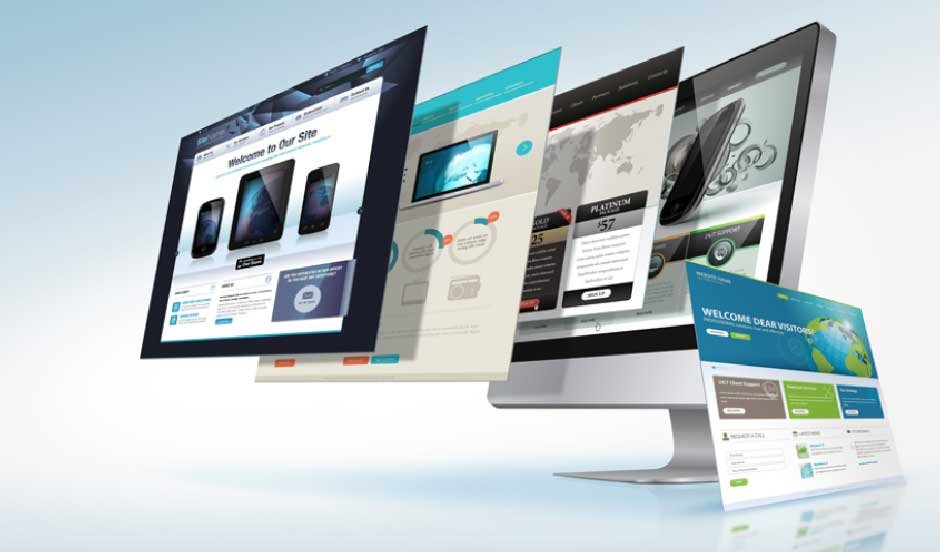Skip to the good bit
ToggleA well-designed website is a vital tool for any nonprofit organization. It helps build credibility, engage supporters, and drive donations. However, many nonprofit leaders face a tough decision: Should they create a website themselves or hire a professional designer? Both options have advantages and drawbacks. Understanding the differences can help determine which approach best aligns with your goals, budget, and technical expertise.
The benefits and challenges of DIY website design
Building a website without professional assistance can be an appealing option for nonprofit organizations with limited budgets. Many website builders offer easy-to-use templates that require little to no coding knowledge.
Benefits of DIY website design
- Cost-effective: Nonprofits can save money by using free or low-cost website builders.
- Complete control: Organizations have full creative freedom to update and modify content as needed.
- Quick setup: Many platforms allow users to create an essential website within hours.
Challenges of DIY website design
- Limited customization: Pre-made templates may not fully align with the nonprofit’s branding or goals.
- Technical limitations: Advanced features such as donation integration, event management, and search engine optimization (SEO) may be challenging to implement without coding knowledge.
- Time-consuming: Managing and maintaining a website requires consistent updates and troubleshooting, which can take time away from core nonprofit activities.
The advantages and considerations of professional website design
Hiring a professional web designer ensures a polished and fully functional website tailored to the nonprofit’s needs. However, this option requires a more significant investment.
Advantages of professional website design
- Custom design: A professional designer can create a unique and visually appealing website that reflects the nonprofit’s mission.
- Enhanced functionality: Features such as secure donation portals, volunteer sign-up forms, and membership management tools can be seamlessly integrated.
- SEO optimization: Professional designers implement best practices to improve search engine rankings, helping the organization reach a broader audience.
- Ongoing support: Many design agencies offer maintenance and troubleshooting services, ensuring the website remains secure and up to date.
Considerations before hiring a professional
- Higher cost: Custom website design requires a financial investment, which may not be feasible for small nonprofits.
- Longer development time: Unlike DIY platforms, professional website design involves multiple steps, including planning, development, and testing, which can take several weeks or months.
- Dependence on external support: While professional designers provide expertise, organizations may need to rely on them for future updates or troubleshooting.
Choosing the best option for your nonprofit
The decision between DIY and professional website design depends on factors such as budget, technical skills, and long-term goals. Nonprofits with limited resources and basic website needs may benefit from DIY platforms, while those seeking a custom, feature-rich website should consider professional design services.
Regardless of the approach, having a well-structured, user-friendly website is essential. Many successful websites for nonprofit organizations incorporate compelling storytelling, clear donation pathways, and practical engagement tools. Prioritizing these elements ensures the website serves as a powerful asset in achieving the nonprofit’s mission.
Ultimately, whether nonprofits choose a DIY approach or professional design, the key is to create a website that effectively communicates their cause and inspires action.







